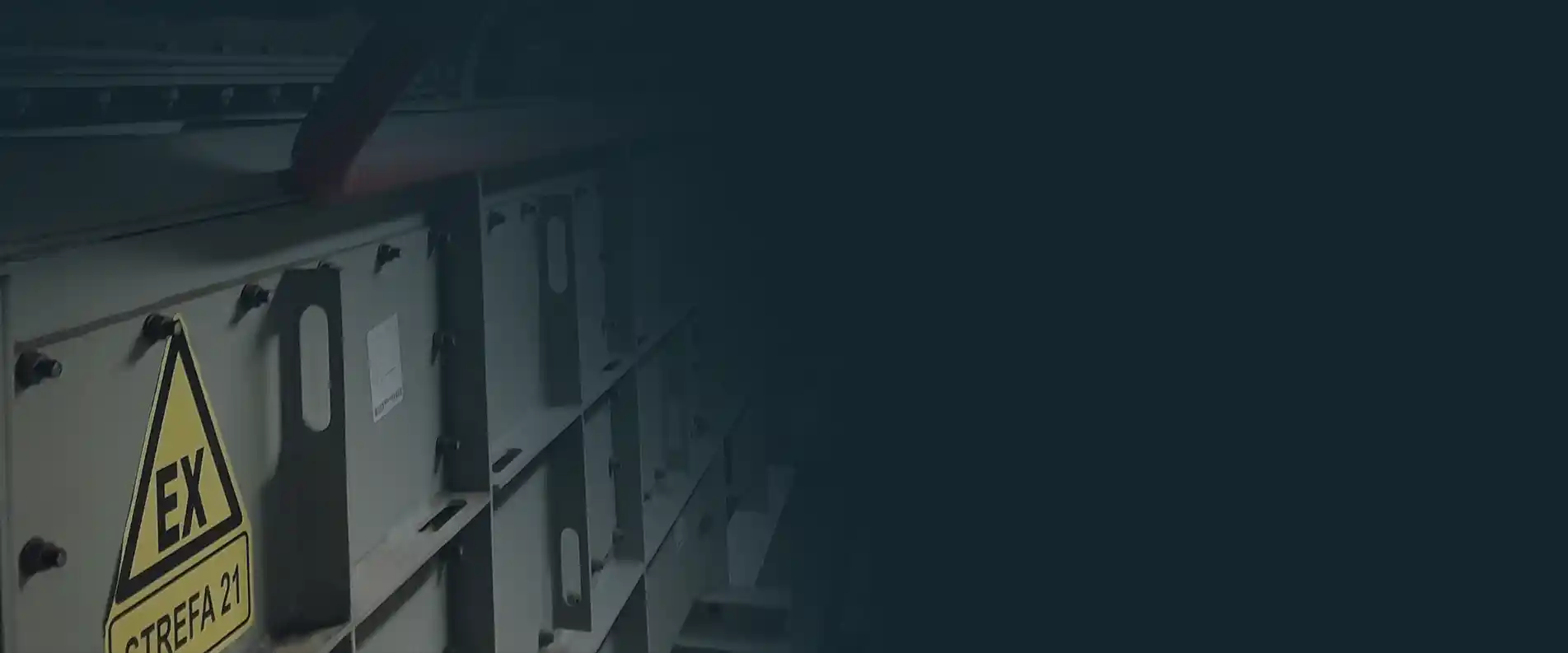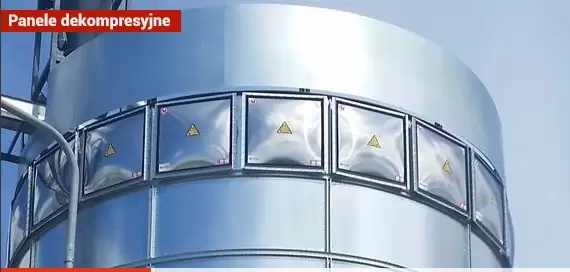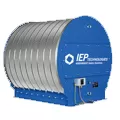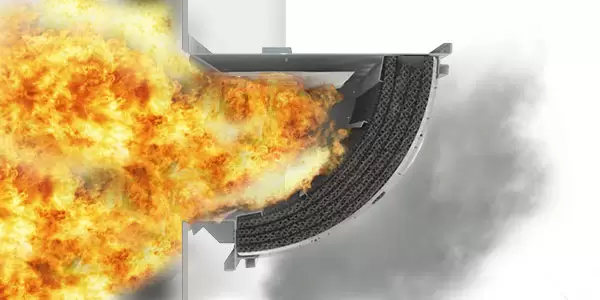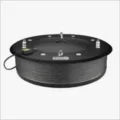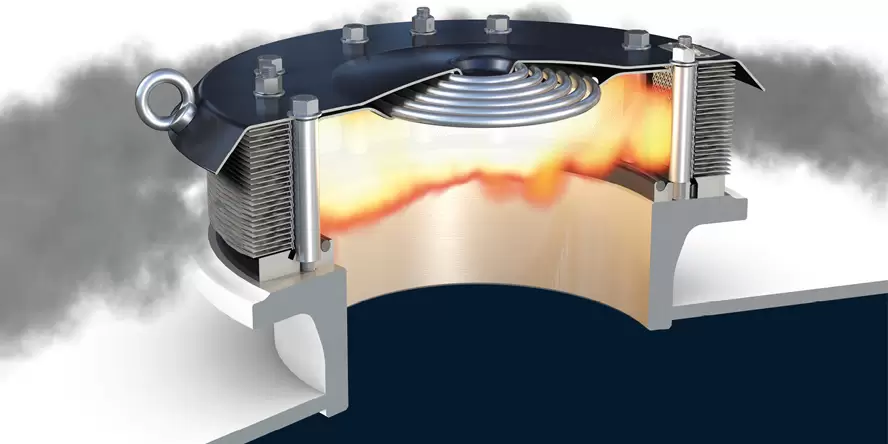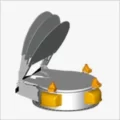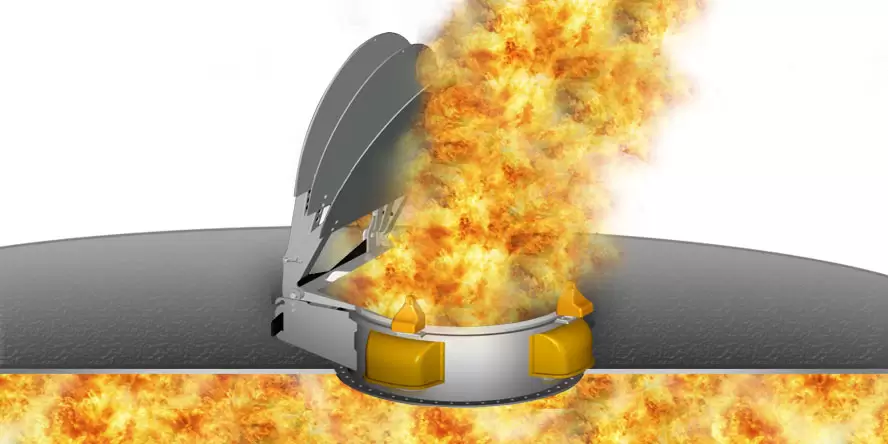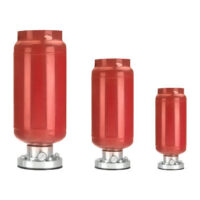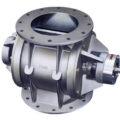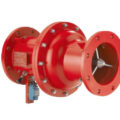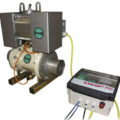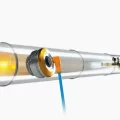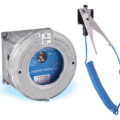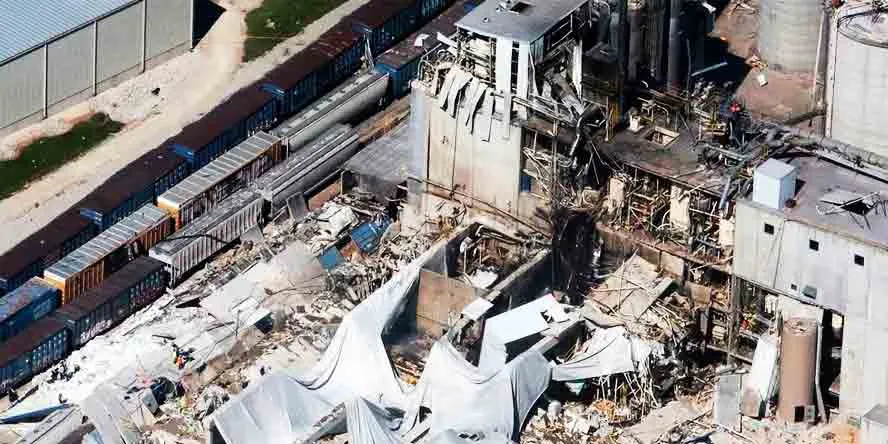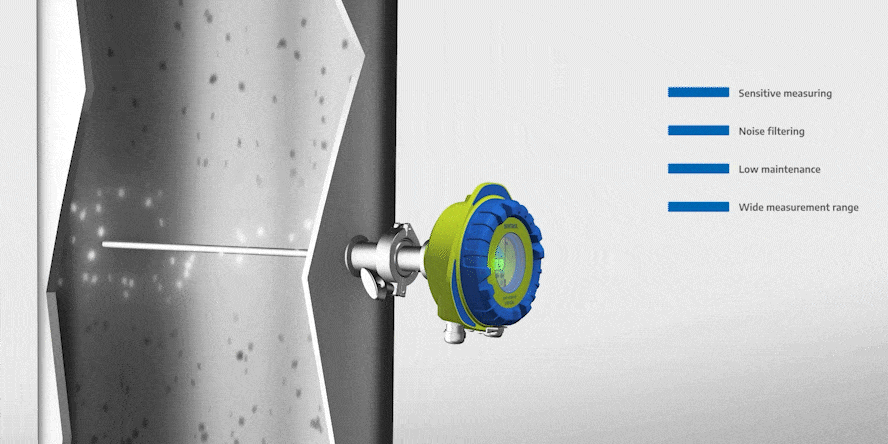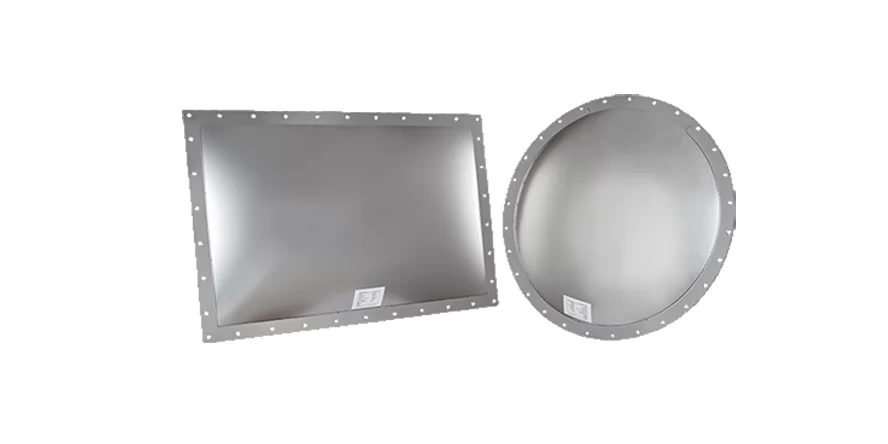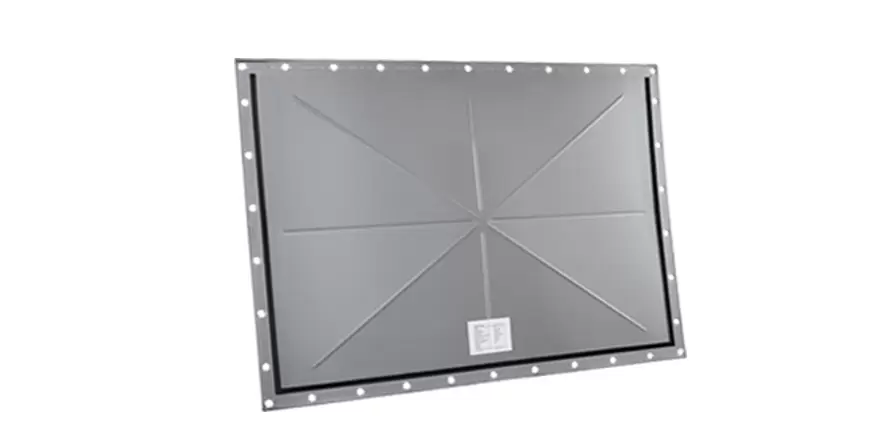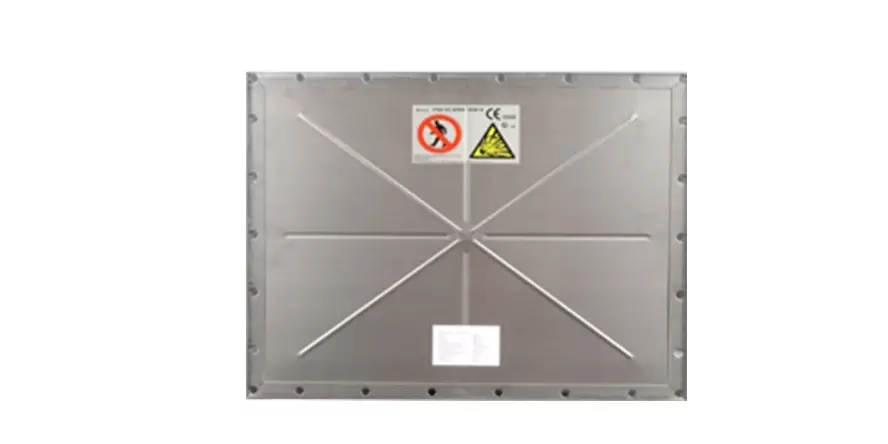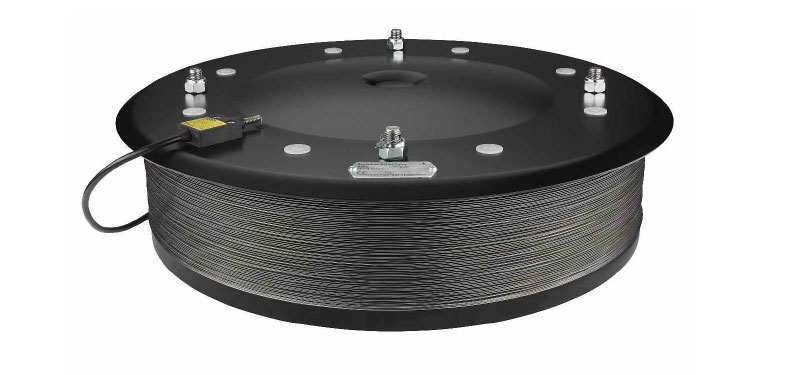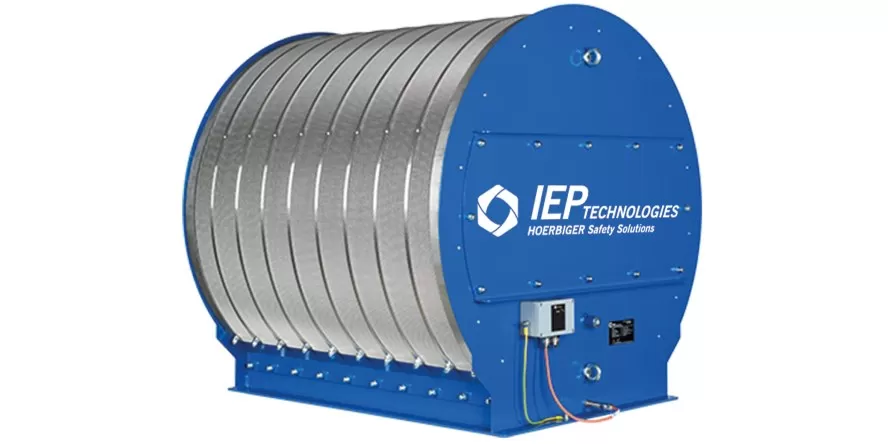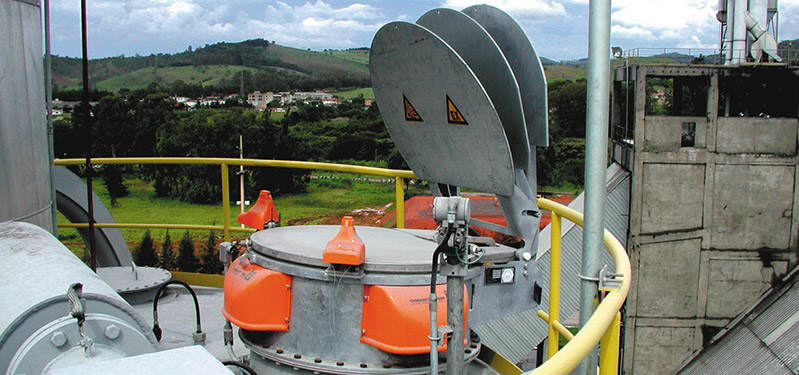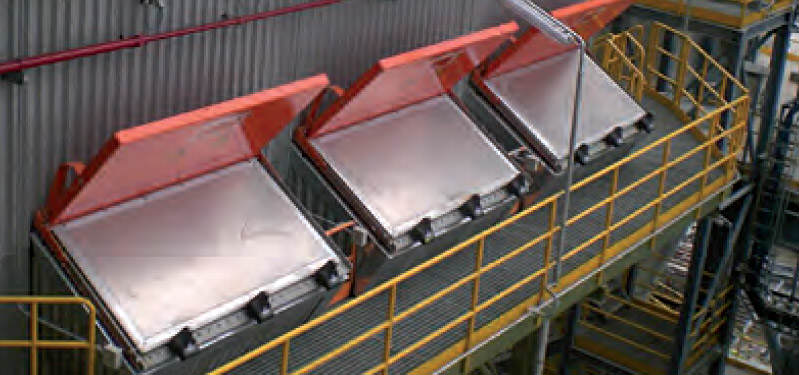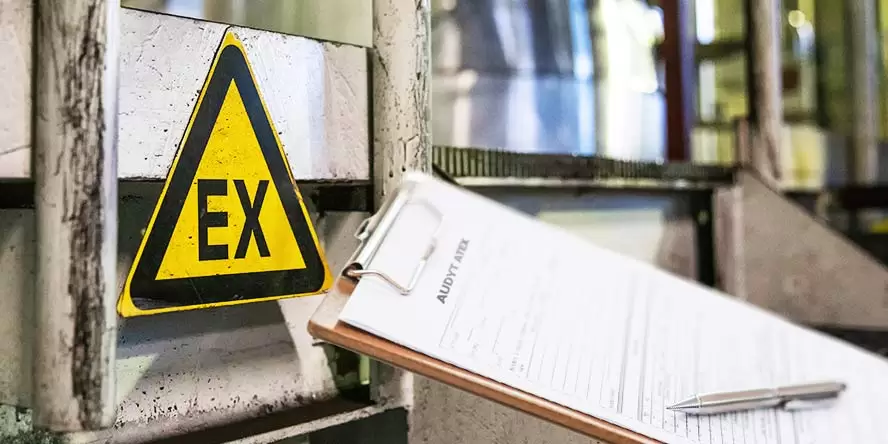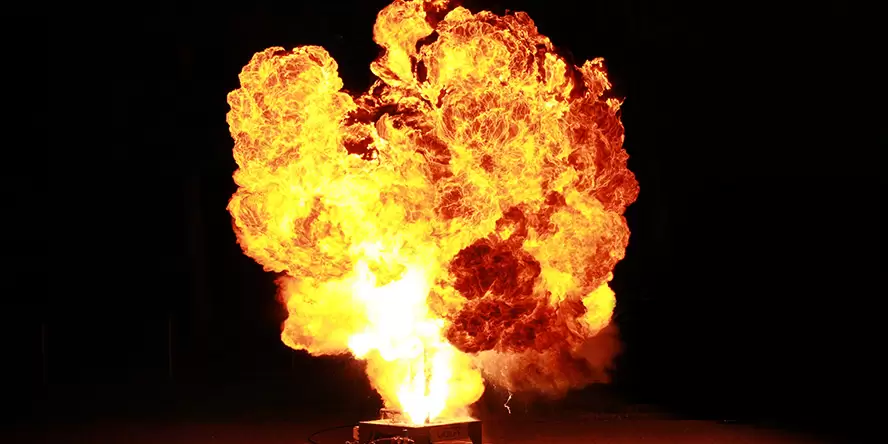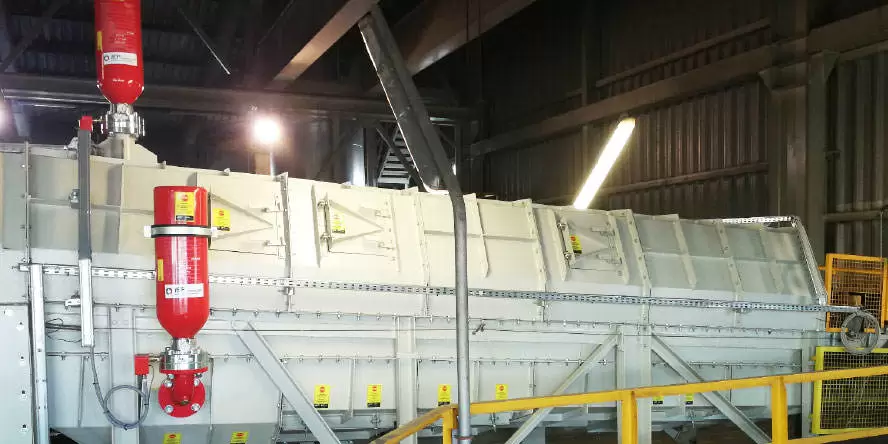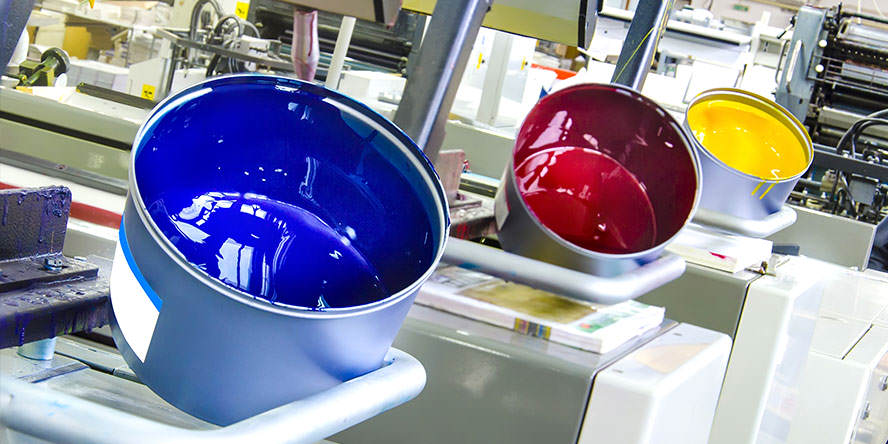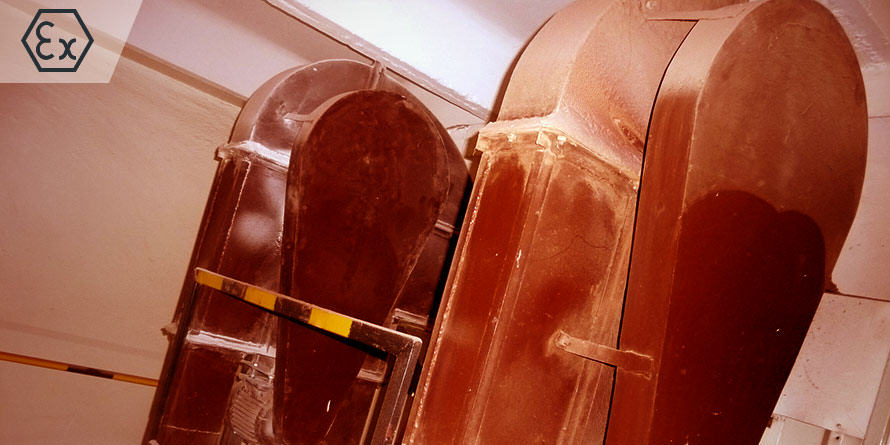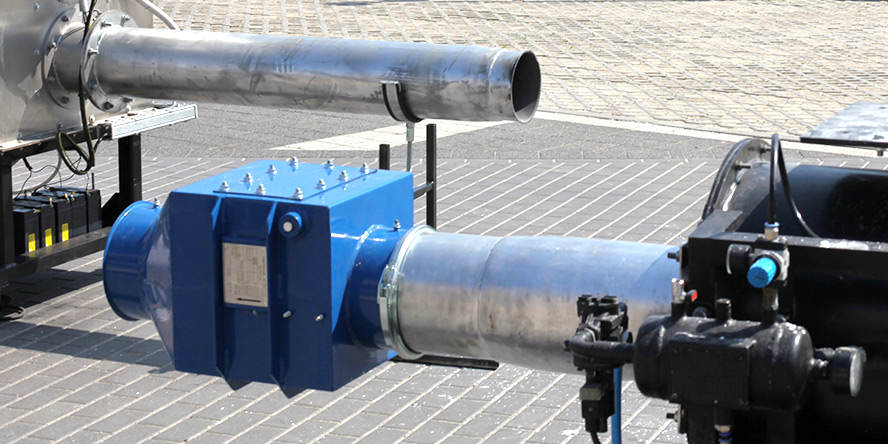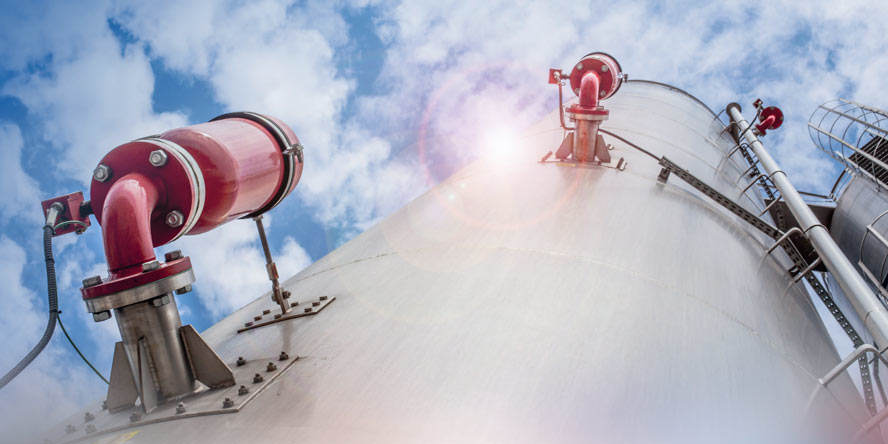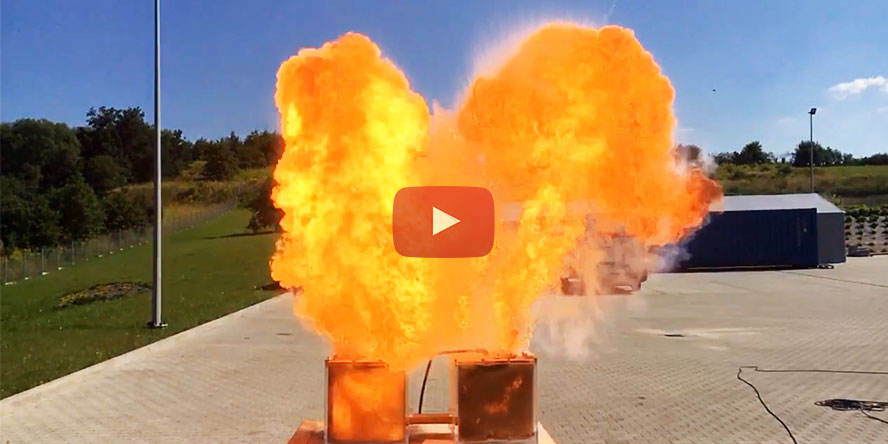Explosion relief venting
Explosion relief is a reliable form of explosion protection, unfortunately, it is very easy to apply it incorrectly. Each of the systems described here has specific advantages, but also a number of limitations. When carrying out tasks at our customers’ sites, we often see that these protection systems are applied without taking these limitations into account. This brings about several conventions, the most important of which are the lack of effective blast protection and the problems with obtaining an insurance policy.
The most affordable protection method for use outside buildings. Flames and pressure are released into the environment (danger to people and equipment). The need to demarcate a danger zone.
Single-use protection method for indoor and outdoor use. Flames and pressure are NOT released into the environment. Reduced risk of fire in the apparatus after an explosion.
Reusable protection device for indoor and outdoor use. Flames and pressure are NOT released into the environment. Minimal risk of fire in the apparatus after an explosion.
Security for coal and alternative fuels. For use outside buildings. Flames and pressure are released into the environment. Minimal risk of fire in the apparatus after an explosion
Are you looking for a system without the above restrictions?
Check the explosion suppression systems
If the above systems have too many limitations, and you are looking for the most advanced explosion protection system, then be sure to check out explosion suppression systems. This is the solution free of the restrictions listed above. Often, this is also a perfect solution in terms of price, especially when considering the longer term use and installation costs.
See also:
Explosion isolation
The isolation complements the explosion protection system mentioned above. The purpose of the explosion isolation is to isolate the device in which the explosion occurred from the rest of the system. This eliminates the risk of pressure and fire going over onto adjacent equipment, which would lead to very dangerous secondary explosions. Why is it so dangerous? Because the fire and pressure are characterised by much higher dynamics and energy, and there are no safeguards to protect us in such a situation.
Prevention
According to the ATEX Directive, the employer, in order to protect property and the health and life of workers, should implement measures to prevent and minimise the effects of an explosion. This approach is based on the fact that although the safeguards can significantly reduce the risk of explosion, they can never provide 100% safety. We are facing a similar approach in our cars. Despite a number of preventive measures such as the ABS system, every car has crash mitigation measures which include air bags, seatbelts or structural reinforcements.
which system will be the best value for money and ensure compliance at the same time?
You are protected by our insurance
Only those who do nothing make no mistakes. And while the quality of the work carried out is a priority for us, it is not possible to completely eliminate human error. Unforeseen production stoppages or product contamination during the installation of a system might result in considerable losses. Similarly, a mistake during the design and installation of an explosion protection system can have dire consequences. That is why our insurance policy protects both us and your establishment from unforeseen costs. We have probably the highest insurance policy on the market.
Large and fast service is important
Don’t risk costly downtime of your installation
Would you buy a car that doesn’t have a Polish service center? Or if such a service center only had three employees and had to import spare parts from abroad? Probably not. And in a similar situation, would you buy security systems for your production facility, on which the continuity of its operation depends? Would you risk an unjustified downtime and losses amounting to hundreds of thousands of zlotys? Meanwhile, some companies providing explosion-proof security systems either do not have a Polish service center or rely on just 2-3 employees. The problem can also lie in the availability of spare parts warehouses, which are often located outside of Poland. That’s why we have created the largest 24/7 service center in the industry, along with a large component warehouse.
Emergency number 24/7
+48 508 484 508
Selected countries in the world
where our customers’ production facilities are located
20 service technicians
5 fully equipped brigades
We complete formalities in accordance with local law.
We provide permissions in accordance with local law.
Work in potentially explosive areas.
Work in fire-risk areas.
Quick reaction.
We communicate in English.
Explosion relief venting – discover the solutions
Explosion relief consists of taking the effects of the explosion (mainly pressure) through the venting system, outside the device subject to protection. As a result, the pressure inside the device is reduced to a safe level.
Three basic types of relief systems are available on the market, i.e. decompression panels, flaps with a self-closing mechanism and so-called flameless relief systems. The latter – due to their special design – can be used indoors. Others, due to the direct discharge of the blast wave into the atmosphere, should be used outdoors.
Scope of work
- Development of risk assessment and/or ORD and implementation of ATEX training
- Design of a complete explosion protection system
- Delivery, installation, and service
Learn more about cost-efficient decompression panels
Brilex GE decompression panels
Brilex GE relief panels are the ideal solution for protecting process equipment, where frequent and prolonged cycles of vacuum and overpressure occur. A distinctive feature of these dampers is domed design, which gives the panels resistance to negative pressure without the need for additional vacuum solutions.
Brilex KE decompression panels
Brilex KE relief panels are the economically ideal solution for protecting process equipment, where the vacuum does not exceed 60% of the rated opening pressure. Brilex KE panel is a widely used explosion vent protection worldwide, as it is certified for Kst values up to 650 bar m/s and 100% venting efficiency.
Brilex KER decompression panels
Brilex KER relief panels are ideal for use in bucket elevators, atmospheric tanks and other protected instruments where there is no variable pressure. One of the many advantages of this panel is the structurally reinforced edges, which allow installation without the need for an outlet flange, thus reducing costs of installation.
Discover the offer in the field of flameless explosion venting systems
EVN type explosion relief valve
The EVN type explosion relief valves are protective systems as defined in the ATEX Directive. The EVN 2.0 type explosion relief valves have been tested for performance with the following dust groups: starch, plastic, resin, toner, sugar, wood, MDF, cellulose (fibrous dust), coal, and peat.
Flameless explosion vent IV8
In case of an explosion in a protected device, the IV8 flameless explosion vent brings out the cooled gases caused by the explosion. Thanks to the special design of the explosion vent device, during the release of the explosion the flame is extinguished, the pressure is significantly reduced and the gases are cooled.
Discover the offer in the field of explosion relief flaps
TT‑Uni‑K round explosion relief dampers
TT‑Uni‑K round explosion relief dampers are used for protection of tanks and silos against damage from explosion by controlled relief and venting of explosion products into the atmosphere. The damper closes itself following an explosion relief action (the damper isolates the flow of air).
RLE‑S square explosion relief dampers
The RLE-S square explosion relief dampers provide protection from explosion. The most usual applications include protection of filters, electrostatic precipitators and drying units against damage from explosion. The damper system closes itself following an explosion relief action and isolates the flow of air.
Principle of operation of an explosion relief system
The purpose of the explosion relief system is to guide the explosion outside the instrument to a safe location so as not to destroy the device. It is important to stress that this is not a safety system that prevents an explosion from occurring. The explosion relief helps to neutralise the effects of the explosion to a safe level. This is one of the permitted forms of protection against the effects of an explosion, which is directly mentioned in the ATEX Directive and the harmonised standards.
The video above shows the effects of activation of the various explosion protection systems.
- The first explosion shows a case when a decompression panel was used. The explosion takes a form of a wave of pressure and fire, is carried upwards by the bursting of the panel mounted there.
- The second explosion demonstrates the principle of operation of the flameless explosion relief system. Thanks to the special design, only the cooled flue gases from the explosion escape through the panel, as the design extinguishes the fire trying to escape.
- The third explosion is not about relieving the explosion, but its suppression – read more about explosion suppression
What other important information can be seen in this video? Well, if we are protecting instruments which are connected to other equipment in an industrial installation, e.g. via a pipe network, even the correct choice of relieving surface and installation location will not protect the entire installation. The explosion moves like a ball – evenly in all directions. Hence, in most cases, explosion relief without explosion decoupling creates a risk of transmitting the explosion to other pieces of equipment.
Consequences of poor choice of safeguards and lack of decoupling
The explosion relief system must be selected according to the explosive parameters of the material being processed in the instrument. The case of the aluminium dust explosion at Hayes Lemmerz shows the consequences of poorly applied safeguards. Incorrect decompression surface resulted in a burst inspection door. And consequently, it led to an uncontrolled direction of the fire and pressure wave spreading outwards from the device. If there had been other equipment or personnel near the inspection door, they could have been damaged or seriously injured. In addition, the device was not equipped with an explosion isolation system, as a result of which the fire and pressure spread throughout the plant, destroying the installation and injuring an employee.
